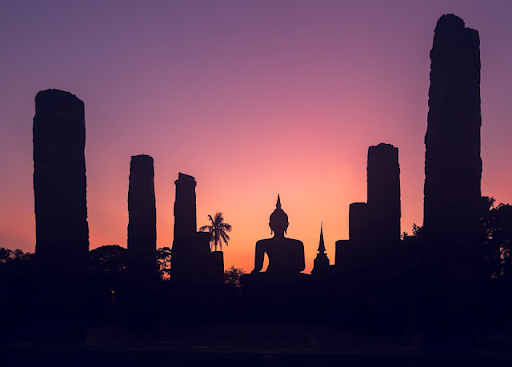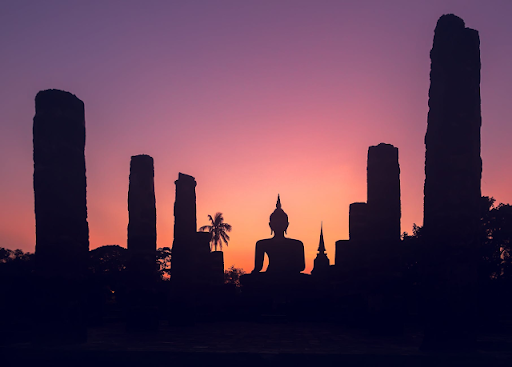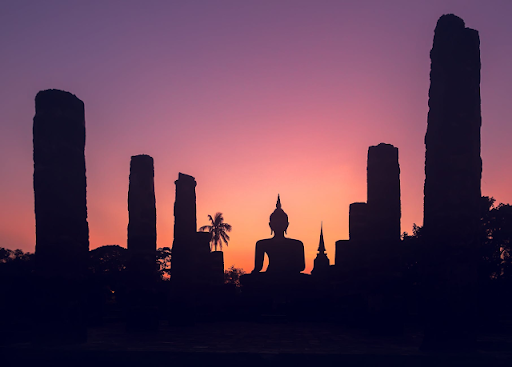Scholars of CRT view race as a social construct with no biological basis. One tenet of CRT is that racism and disparate racial outcomes are the result of complex, changing, and often subtle social and institutional dynamics, rather than explicit and intentional prejudices of individuals. CRT, or Critical Race Theory seems to have many Republicans and conservatives knickers in a knot. Either they have not read anything in depth about CRT and essentially prefer to remain ignorant, or, they have read the material and simply choose not to give it any credibility. Unfortunately many people, reified in their lifelong conditioned beliefs, simply want no part of recognizing what has driven, and continues to drive, racial unrest and race relations in general in America. Very sad, because CRT has absolutely nothing to do with indoctrination of school children. That, and until we, as a nation, honestly and openly confront our history on race and honestly...





